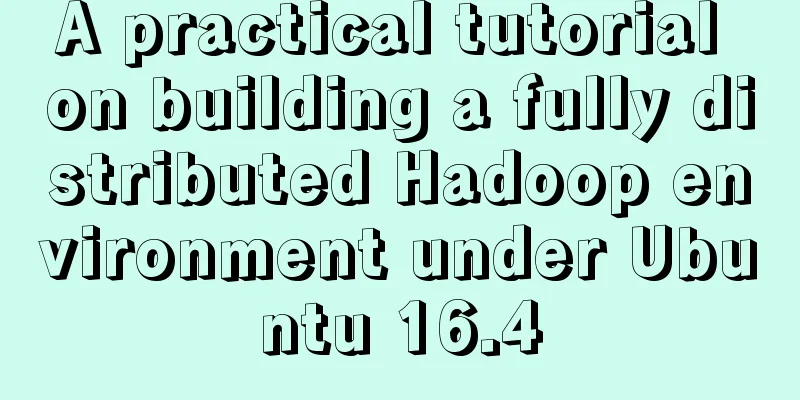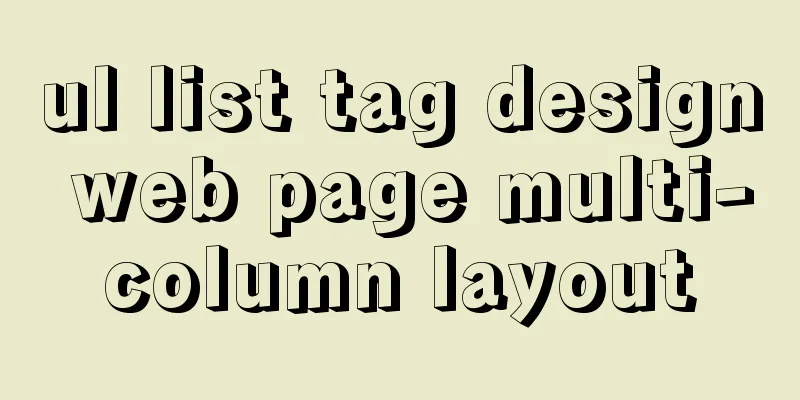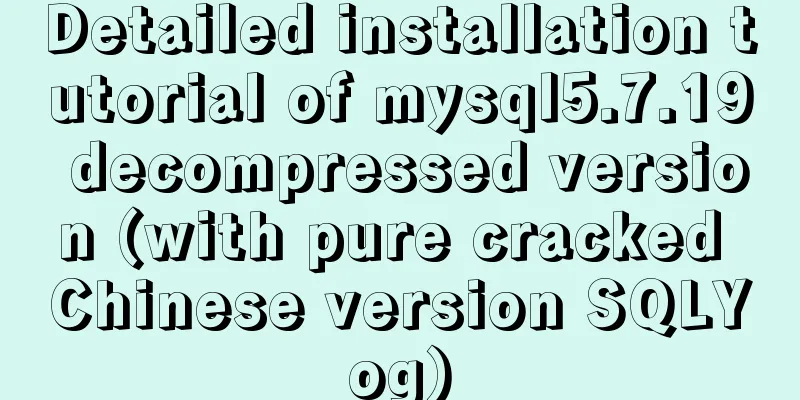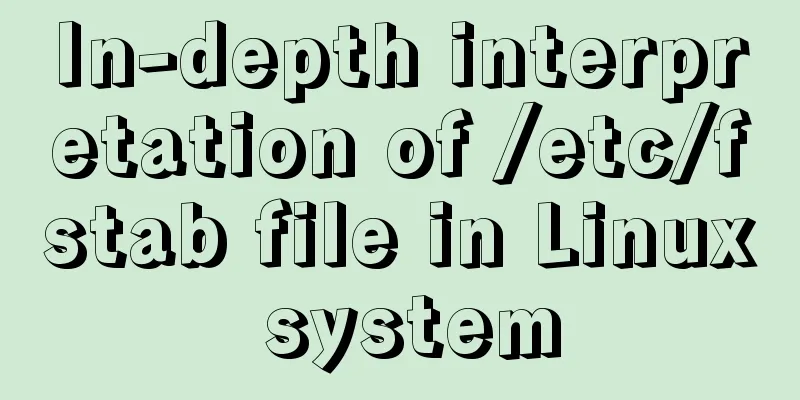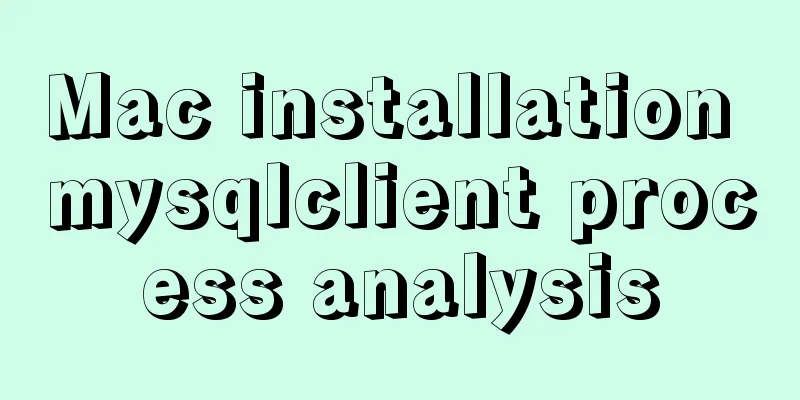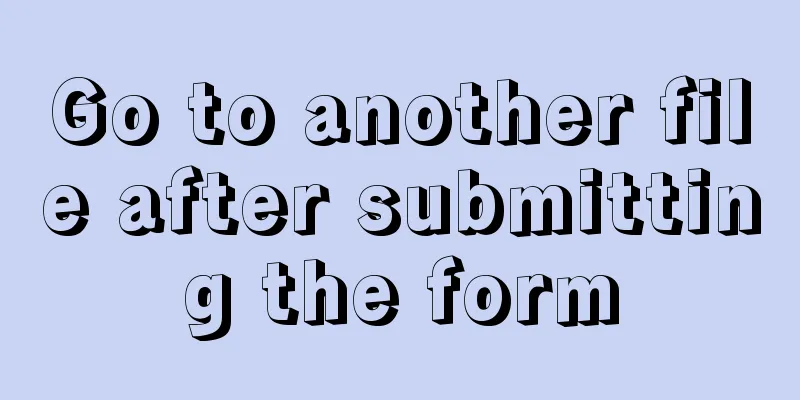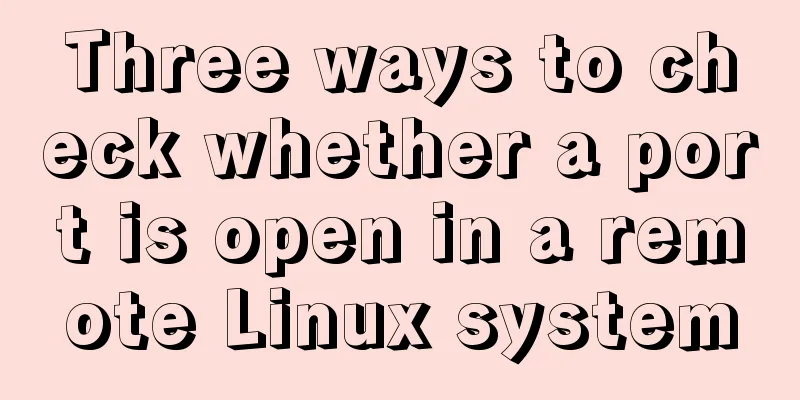Introduction to 10 online development tools for web design
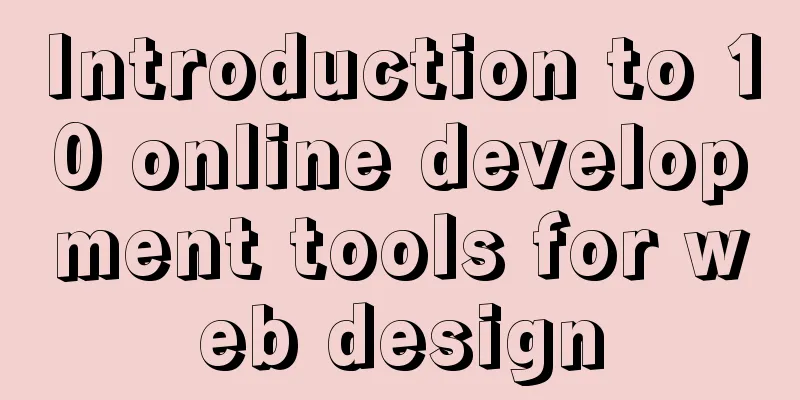
|
1. Online Text Generator BlindTextGenerator: For designers, this is a simple and easy-to-use text generation tool. It contains many fonts, and you can set the character size, number, style, number and alignment of paragraphs, etc. You can also easily and accurately adjust the size of text blocks.
More information: http://www.blindtextgenerator.com/lorem-ipsum Fillerati: A text generator with a very design sense and modern style.
More information: http://www.fillerati.com/ 2. CSS Generator Border Radius: It doesn't get much simpler than this. Go to the website and enter a value in the input box at one corner of the rectangle to generate the CSS code for the rounded rectangle.
More details: http://border-radius.com/ CSS3 Gradient Generator: A very easy-to-use CSS gradient code generator that is also easy to use.
More information: http://gradients.glrzad.com/ Ultimate CSS Gradient Generator: If you are familiar with Photoshop, you will feel very familiar with this CSS gradient code generator. Of course, its functions are also very powerful.
More details: http://www.colorzilla.com/gradient-editor/ CSS Tricks Button Maker: A button CSS code generator, no doubt about it, it’s so convenient! You can freely define the button size, color, border radius, gradient, background, border, hover, active state. After setting it up, click your button and you can copy the CSS code.
Details: http://css-tricks.com/examples/ButtonMaker/ 3. Typesetting tools Baseline CSS: It is a very powerful tool for websites that contain a lot of text.
More details: http://baselinecss.com/ TypeTester: A tool that allows you to test the best typography easily and quickly! Provides three schemes for comparison and a list of safe fonts. When you find the perfect setup, you can also get the corresponding CSS.
More information: http://www.typetester.org/ 4. Other Tools Favicon.cc: This is a tool for generating small icons that usually appear in the browser status bar or browser tab (used to identify a website). Once completed just download the .ico file and drag it to the root directory of your web server. Very quick and convenient.
Details: http://www.favicon.cc/ JSONLint: A simple and easy to use JSON validator. Just copy and paste the code into the text area. It even supports verification by just entering a URL (not a code).
Details: http://www.jsonlint.com/ |
<<: Docker deployment MySQL8 cluster (one master and two slaves) implementation steps
>>: Detailed description of the function of meta name="" content="
Recommend
Simple usage example of vue recursive component
Preface I believe many students are already famil...
Tutorial on installing Ceph distributed storage with yum under Centos7
Table of contents Preface Configure yum source, e...
Element UI table realizes drop-down filtering function
This article example shares the specific code for...
Summary of common HTML elements including basic structure, document type, header, body, etc.
1. Basic structure: Copy code The code is as follo...
Modify the boot time of grub in ubuntu
The online search to modify the grub startup time...
Web realizes the code of popping up the window of uploading files by clicking the picture
Copy code The code is as follows: <style> ....
How to configure common software on Linux
When you get a new Linux server, you generally ha...
Solve the problem that some configuration files in /etc are reset after the docker container is restarted
1. The three files /etc/hosts, /etc/resolv.conf a...
A bug fix for Tomcat's automatic shutdown
Preface Recently, a Java EE web project that has ...
MySQL advanced learning index advantages and disadvantages and rules of use
1. Advantages and Disadvantages of Indexes Advant...
WeChat applet learning wxs usage tutorial
What is wxs? wxs (WeiXin Script) is a scripting l...
Troubleshooting MySQL high CPU load issues
High CPU load caused by MySQL This afternoon, I d...
How to prevent website content from being included in search engines
Usually the goal of building a website is to have...
Solution to the problem that the mysql8.0.11 client cannot log in
This article shares with you the solution to the ...
React Fragment Introduction and Detailed Usage
Table of contents Preface Motivation for Fragment...










